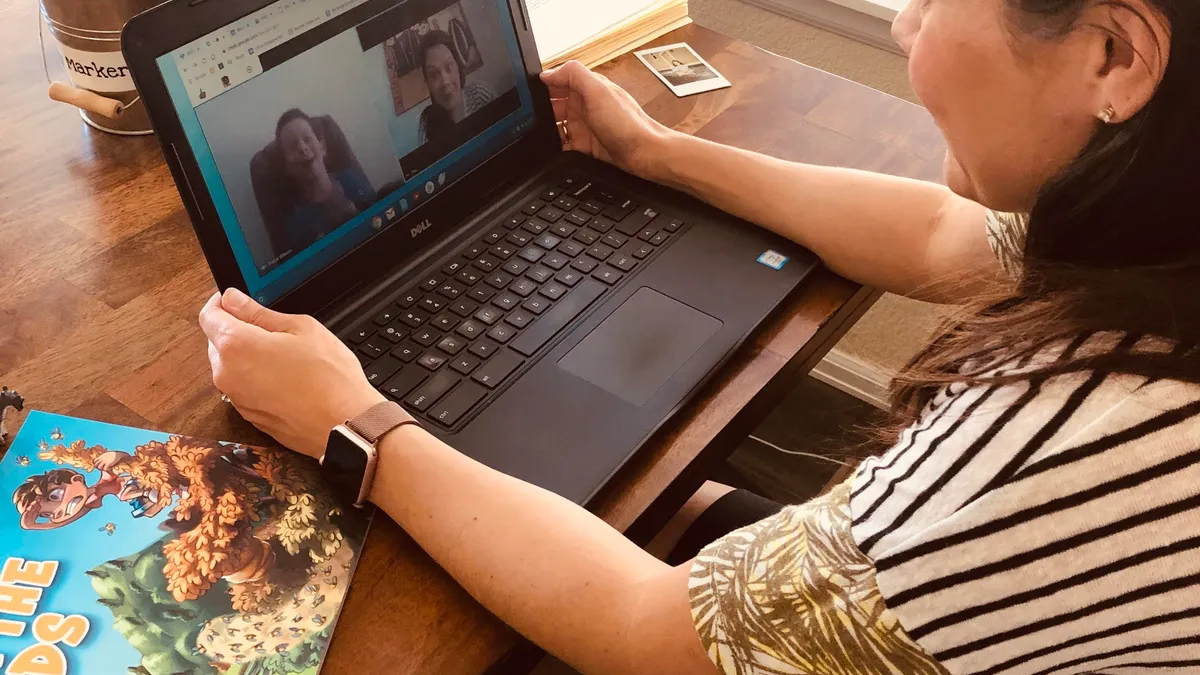Dive Brief:
- A new analysis of the remote learning plans of 477 U.S. school districts shows about a third have provided clear expectations for how teachers should provide instruction and track students’ participation and progress, according to the Center for Reinventing Public Education.
- The researchers, who initially followed the learning plans of 81 districts in the sample, conducted the larger work in partnership with the RAND Corp. They note teachers are likely “going beyond their district’s expectations to continue instruction,” but that a lack of specific guidance can result in wide variation.
- Some of the biggest differences across districts include an urban-rural divide in which 51% of urban districts set expectations for how teachers provide instruction remotely, compared to 27% of rural districts. Low-poverty districts were also more likely than high-poverty districts to deliver live instruction — 28.8% compared to 14.5%.
Dive Insight:
It’s almost a given that districts will continue some level of distance learning this fall — either to maintain social distancing, respond to future coronavirus outbreaks, give families more choice or a combination of all of those reasons. District leaders can now begin planning “to align the resources, create teacher professional development and assess community priorities to design plans for the fall that have high expectations for each student’s learning and are responsive to each student's needs,” the researchers wrote.
They also noted that with their original sample, districts’ plans included more details over time — perhaps because of the spotlight CRPE has been shining on the published learning plans. Given how quickly districts had to respond, the authors said it’s understandable the plans wouldn’t be perfect from the start. But that shouldn’t have kept officials from providing some guidance, they wrote.
“Without clear expectations across the board, and therefore pressure to meet the needs of each student, many districts likely left the learning experiences of students who face the greatest challenges at risk,” they wrote.







 Dive Awards
Dive Awards








